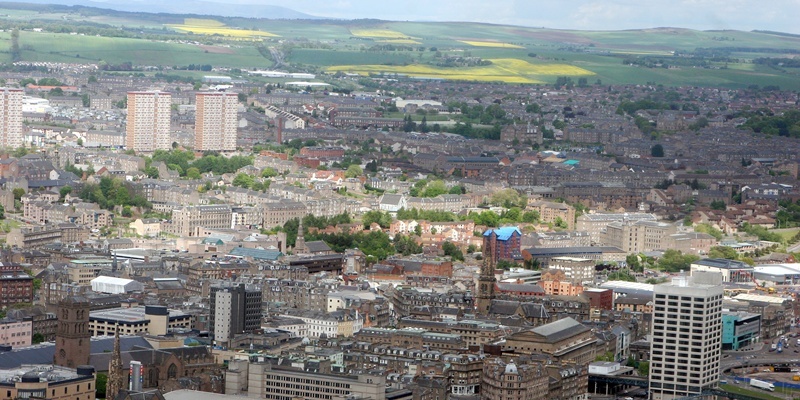Years of community regeneration projects appear to be missing the mark as residents in some of the most deprived parts of Dundee have reported increasing dissatisfaction with the areas where they live.
Across the CRAs, the figure was 30%, with the problem featuring more often in responses noting a change for the worse in Stobswell (34%), Lochee/Beechwood/Charleston/Menzieshill (44%) and Whitfield/Fintry/Mill o’ Mains (51%).
Across the city the proportion of people who felt their area had changed for the better increased marginally, from 10% to 11%. Though a slightly higher proportion 12% of CRA residents thought their area had improved, that represented a drop of 5% from the previous year.
On what they liked best about their areas, people’s most popular response across Dundee was that it was “quiet and peaceful” although the answer was given by just 32% of respondents, compared to 46% the previous year.
The proportion of people citing drugs problems as the worst aspect of their neighbourhoods was up from 7% to 10% across the city, although that figure rose to 14% in CRAs.
Anti-social people and behaviour, and trouble from youths and gangs, was up from 12% to 17% in general, although there was less reference to youth and gang problems in CRAs, where it was down from 16% to 7%.
Drug problems were most likely to be highlighted in Menzieshill, Charleston, Lochee and Beechwood, where they were of concern to almost a quarter of people questioned.
Councillor Willie Sawers defended the council’s record, saying, “There are many wider economic challenges facing not just Dundee but all cities, and the council has been working hard in communities and with its partners to build new jobs in the new economy to benefit everyone in the city. This is an ongoing project that we continue to be committed to.
“Looking specifically at the survey I am encouraged that even set against this harsh economic climate 61% of the 2000 people who were asked thought life in their neighbourhood had got better or not changed in the past year. In fact 94% of people said they were fairly or very satisfied with the quality of life in their neighbourhood, exactly the same as in the previous year.”
According to a study commissioned by the Dundee Partnership, almost half the people questioned in community regeneration areas (CRAs) last year said they believed their neighbourhoods had changed for the worse in the previous five years.
The Dundee Social Survey is carried out each year to monitor how communities perceive their areas and what they offer. It covers a range of factors, including neighbourhood services, health, education, employment and community safety, and the latest study was carried out between August and October last year.
Ashbrook Research & Consulting Ltd questioned 2000 people across the city, including 200 from each of the five CRAs Ardler, St Marys and Kirkton; Lochee, Beechwood, Charleston and Menzieshill; Hilltown, Fairmuir and Stobswell; Whitfield, Fintry and Mill o’ Mains; and Mid Craigie, Linlathen and Douglas as well as a further 200 from Stobswell.
Researchers found that, across the city, around a third of residents felt their neighbourhoods had changed for the worse over the previous five years a considerable increase on the 22% recorded in 2009.
However, in CRAs, the change from the previous year was even more striking, with those noting a five-year deterioration up from 25% to 44%.
Even so, respondents most likely to say their area had improved were in Ardler/St Marys/Kirkton (33%) and Stobswell (23%).
Drug problems were the most common reason given by those who reported a change for the worse, with 23% raising the issue across the city, although it was cited by just 17% of people living outside community regeneration areas.
Continued…
